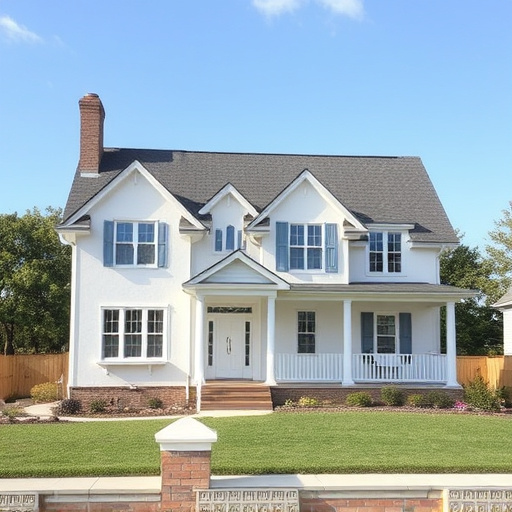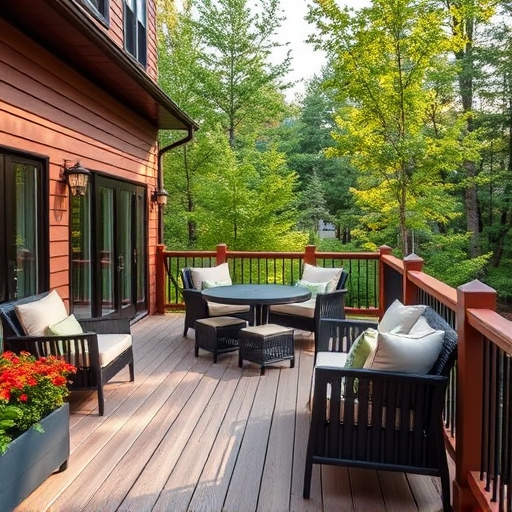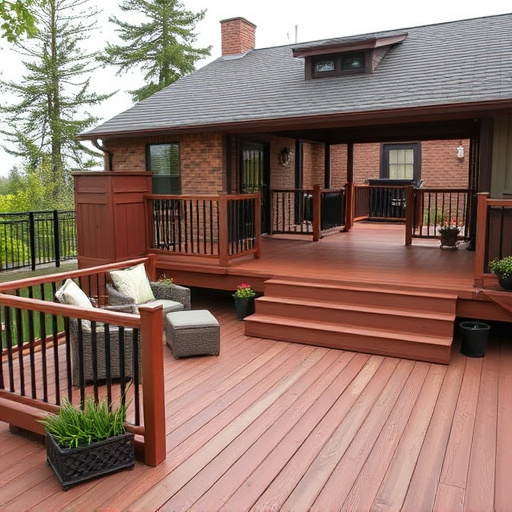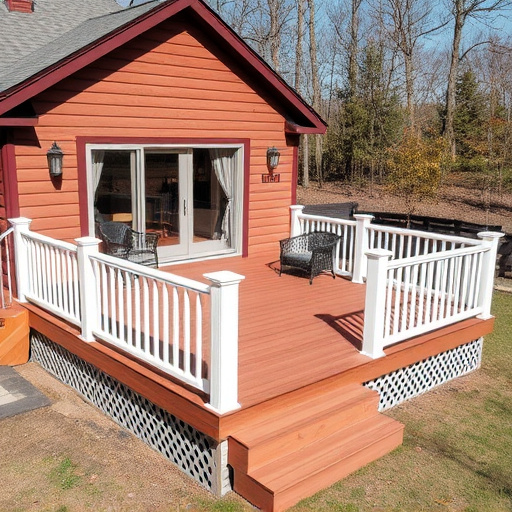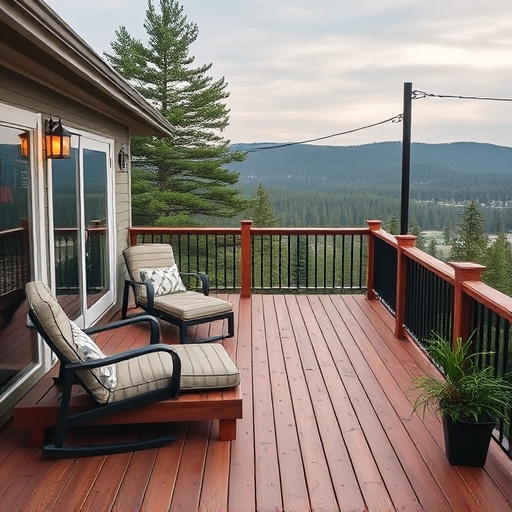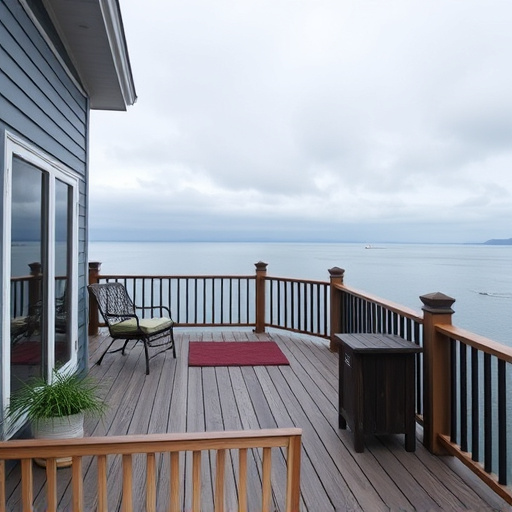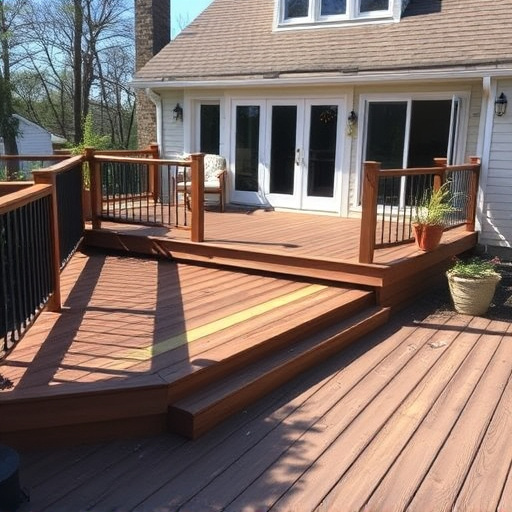Define deck purpose and style (e.g., dining, relaxation) and aesthetic preferences (traditional, modern) to guide material choices. Select durable, low-maintenance materials like composite decking or vinyl based on sun exposure, rain, temperature, and foot traffic. Consider local weather patterns for long-term durability and reduced maintenance, preventing costly repairs.
When planning your dream deck, choosing the right materials is a crucial step. It begins with understanding your deck’s purpose—be it a relaxing retreat or an entertainment hub. Next, consider style that complements your home and outdoor space. Durability and low maintenance are key; evaluate options like composite, wood, or PVC, weighing longevity versus upkeep. Finally, account for weather exposure and climate to ensure your deck stands the test of time.
- Understand Your Deck's Purpose and Style
- Evaluate Durability and Low Maintenance Options
- Consider Weather, Climate, and Sun Exposure
Understand Your Deck's Purpose and Style
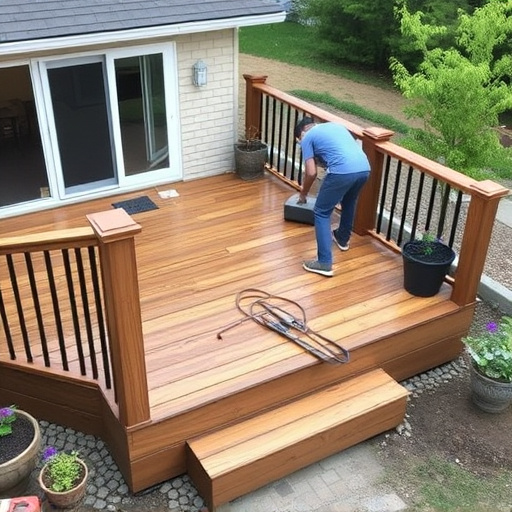
Before diving into material choices for your deck planning, it’s essential to define its purpose and style. Consider how you intend to use the deck—is it primarily for relaxation, entertaining guests, or as an extension of your indoor living space? Each function may call for different materials. For instance, a deck designed for al fresco dining might prioritize weather-resistant options like composite decking or treated wood, while a more casual gathering spot could benefit from natural stone or paver floors.
Additionally, think about the overall aesthetic you wish to achieve. Does your dream deck align with traditional, modern, rustic, or perhaps an eclectic style? This will guide your selection of colors, textures, and finishes. For example, if you’re aiming for a contemporary look, sleek, low-maintenance materials like vinyl or aluminum decking might be suitable. In contrast, a more natural, organic feel could be achieved with wood or stone elements, but remember to factor in regular maintenance for these options, especially when considering the potential need for storm damage repair, siding replacement, or residential roofing solutions down the line.
Evaluate Durability and Low Maintenance Options
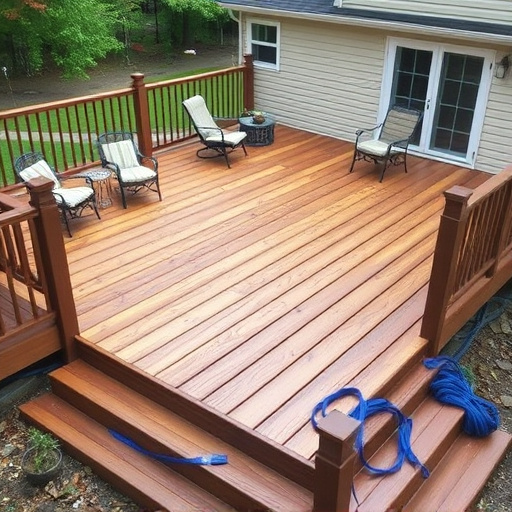
When embarking on deck planning, assessing durability and low-maintenance options for your materials is a strategic move. Decks are exposed to various elements, from sun and rain to extreme temperatures and foot traffic. Opting for weather-resistant materials ensures longevity and minimizes the need for frequent repairs or replacements, like siding or residential roofing.
Consider durable options such as composite decking, known for its resistance to rot, decay, and fading. Alternatively, hardwoods offer a classic look but require more maintenance. Evaluating your climate and lifestyle will help guide your decision, ensuring your deck stands the test of time without excessive upkeep. Remember, choosing the right materials at the start can prevent costly roof repair or siding replacement down the line.
Consider Weather, Climate, and Sun Exposure
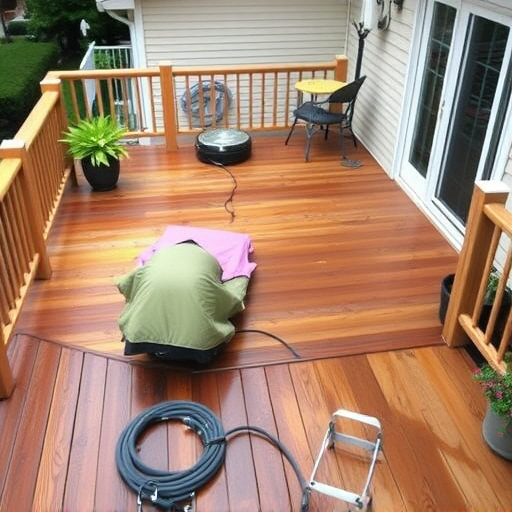
When planning your deck, one crucial factor to consider is the local weather patterns and climate. Different regions have distinct environmental conditions that can impact the durability and appearance of deck materials over time. For instance, if you reside in an area prone to heavy rainfall and strong winds, opt for materials that can withstand these elements. Waterproof or water-resistant decking options, such as composite boards or treated wood, are ideal choices to prevent rot and ensure a longer lifespan.
Additionally, sun exposure plays a significant role in deck material selection. Unshaded decks in sunny climates may require materials that offer UV protection to prevent fading and discoloration. Decks that receive partial or full sun should be built with materials like high-performance plastics or certain types of wood known for their natural resistance to fading. By considering these weather-related factors, you can ensure your deck remains beautiful and functional for years, even through the most severe storm damage repair situations, and potentially reduce the need for costly professional siding replacements.
When planning your deck, consider its purpose, style, weather exposure, and durability needs. Evaluate materials that offer low maintenance and withstand the local climate. By understanding these factors, you can make informed decisions during deck planning, ensuring a long-lasting and visually appealing outdoor space. Effective deck planning paves the way for a functional and beautiful addition to your home.




